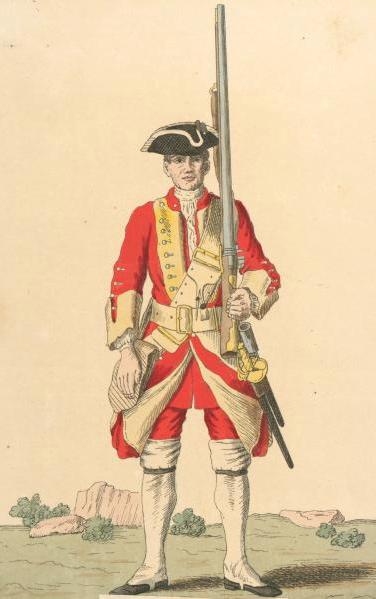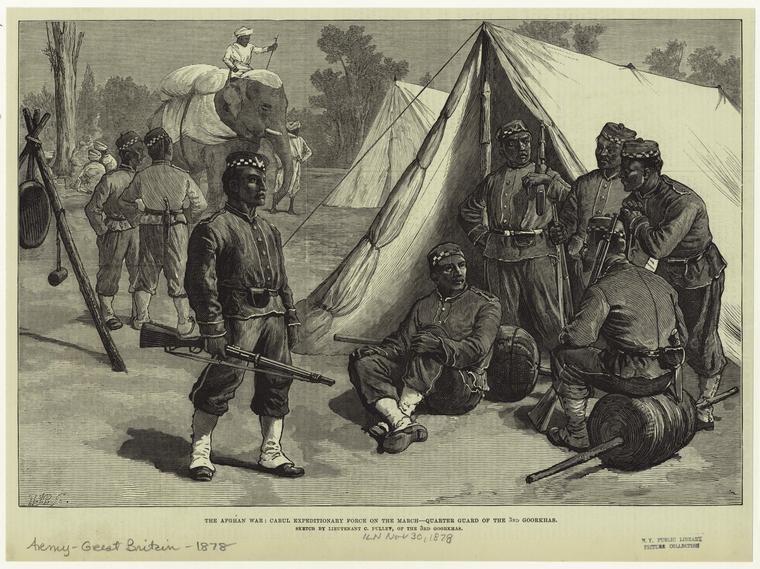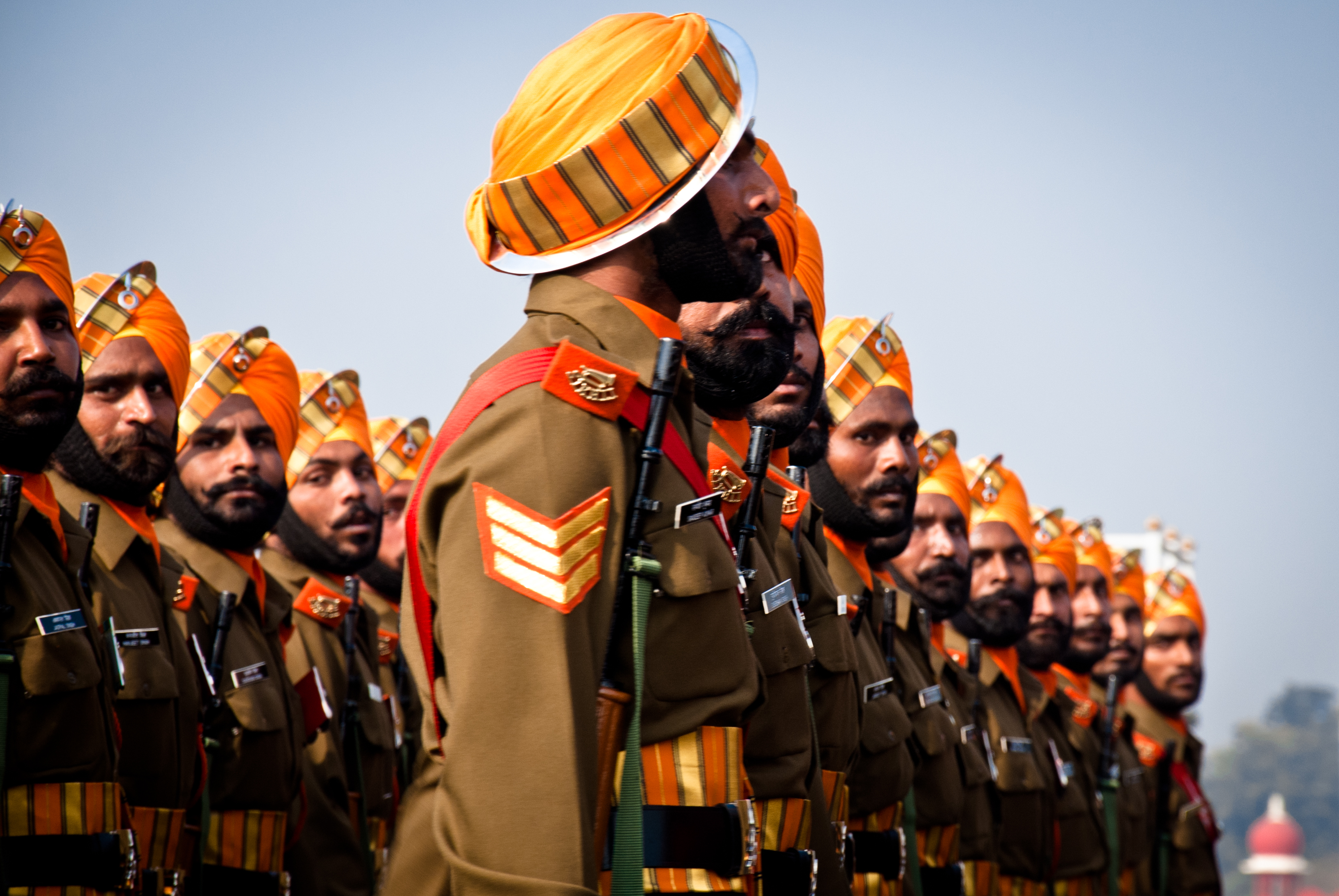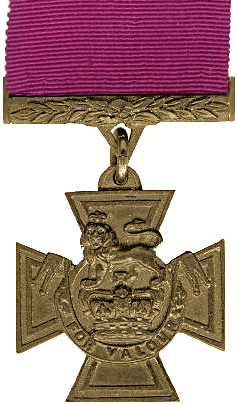|
99th Mountain Brigade
The 99th Mountain Brigade, formerly the 99th Indian Infantry Brigade, is an infantry formation of the Indian Army. The brigade was formed in April 1941 at Lucknow. The brigade was then assigned to the 34th Indian Infantry Division in October 1941, and formed part of the garrison of Ceylon. In October 1944, the brigade was reassigned to the 17th Indian Infantry Division and took part in the Burma Campaign. In June 1945 it was temporarily attached to the 19th Indian Infantry Division before returning to the 17th Division in August. The unit was re-raised 15 November 1960 at Ambala for the 17th Infantry Division. It was detached from the division and served in the Congo with ONUC from 1961 to March 1963. A squadron of 63 Cavalry served with the brigade in the Congo. In the Congo during the first rotation, 2 Jat, 3/1 Gorkhas, and 1st Battalion the Dogra Regiment formed the first set of infantry battalions, and 2/5 GR F 4th Battalion Rajputana Rifles, and 4th Battalion, the Ma ... [...More Info...] [...Related Items...] OR: [Wikipedia] [Google] [Baidu] |
Indian Army
The Indian Army (IA) (ISO 15919, ISO: ) is the Land warfare, land-based branch and largest component of the Indian Armed Forces. The President of India is the Commander-in-Chief, Supreme Commander of the Indian Army, and its professional head is the Chief of the Army Staff (India), Chief of the Army Staff (COAS). The British Indian Army, Indian Army was established on 1 April 1895 alongside the long established presidency armies of the East India Company, which too were absorbed into it in 1903. Some princely states maintained their own armies which formed the Imperial Service Troops which, along with the Indian Army formed the land component of the Armed Forces of the Crown of India, responsible for the defence of the Indian Empire. The Imperial Service Troops were merged into the Indian Army after Independence of India, independence. The units and regiments of the Indian Army have diverse histories and have participated in several battles and campaigns around the world, earnin ... [...More Info...] [...Related Items...] OR: [Wikipedia] [Google] [Baidu] |
India
India, officially the Republic of India, is a country in South Asia. It is the List of countries and dependencies by area, seventh-largest country by area; the List of countries by population (United Nations), most populous country since 2023; and, since its independence in 1947, the world's most populous democracy. Bounded by the Indian Ocean on the south, the Arabian Sea on the southwest, and the Bay of Bengal on the southeast, it shares land borders with Pakistan to the west; China, Nepal, and Bhutan to the north; and Bangladesh and Myanmar to the east. In the Indian Ocean, India is near Sri Lanka and the Maldives; its Andaman and Nicobar Islands share a maritime border with Thailand, Myanmar, and Indonesia. Modern humans arrived on the Indian subcontinent from Africa no later than 55,000 years ago., "Y-Chromosome and Mt-DNA data support the colonization of South Asia by modern humans originating in Africa. ... Coalescence dates for most non-European populations averag ... [...More Info...] [...Related Items...] OR: [Wikipedia] [Google] [Baidu] |
Dogra Regiment
The Dogra Regiment is an infantry regiment of the Indian Army. The regiment traces its roots directly from the 17th Dogra Regiment of the British Indian Army. When transferred to the Indian Army like its sister regiments, the numeral prefix was removed. Dogra Regiment Units Maximum filled with Rajputs And Sikh. Units of the Dogra Regiment have fought in all conflicts that independent India has been engaged in, making it one of the most prestigious and most decorated regiments of the Indian Army. History The Dogras, the inhabitants of 'Duggar' or Dogra land hail from the Indian states of Jammu and Kashmir (union territory), Jammu and Kashmir, Himachal Pradesh and the hilly regions of Punjab, India, Punjab. The Dogra Regiment traces its lineage to 1858, when the Agra Levy was raised by the British East India Company as part of the Bengal Army. The Dogras were added into the Bengal Army on the recommendation of Sir Frederick Roberts, 1st Earl Roberts, Fredrick Roberts, the then ... [...More Info...] [...Related Items...] OR: [Wikipedia] [Google] [Baidu] |
Infantry Brigades Of The Indian Army After 1947
Infantry, or infantryman are a type of soldier who specialize in ground combat, typically fighting dismounted. Historically the term was used to describe foot soldiers, i.e. those who march and fight on foot. In modern usage, the term broadly encompasses a wide variety of subspecialties, including light infantry, irregular infantry, heavy infantry, mountain infantry, motorized infantry, mechanized infantry, airborne infantry, air assault infantry, and naval infantry. Other subtypes of infantry, such as line infantry and mounted infantry, were once commonplace but fell out of favor in the 1800s with the invention of more accurate and powerful weapons. Etymology and terminology In English, use of the term ''infantry'' began about the 1570s, describing soldiers who march and fight on foot. The word derives from Middle French , from older Italian (also Spanish) ''infanteria'' (foot soldiers too inexperienced for cavalry), from Latin '' īnfāns'' (without speech, newborn, f ... [...More Info...] [...Related Items...] OR: [Wikipedia] [Google] [Baidu] |
East Yorkshire Regiment
The East Yorkshire Regiment was a line infantry regiment of the British Army, first raised in 1685 as Sir William Clifton's Regiment of Foot and later renamed the 15th Regiment of Foot. It saw service for three centuries, before eventually being amalgamated with the West Yorkshire Regiment (Prince of Wales's Own) in 1958, to form the Prince of Wales's Own Regiment of Yorkshire. Subsequently, the regiment amalgamated with the Green Howards and the Duke of Wellington's Regiment (West Riding) to form the Yorkshire Regiment (14th/15th, 19th and 33rd/76th Foot) on 6 June 2006. History Early wars Raised in 1685 in Nottingham by Sir William Clifton, 3rd Baronet, the regiment was originally, like many British infantry regiments, known by the name of its current Colonel. It took part in the Battle of Killiecrankie in July 1689 and the Battle of Cromdale in April 1690 during the Jacobite rising of 1689 to 1692. The regiment embarked for Flanders in spring 1694 for service in the ... [...More Info...] [...Related Items...] OR: [Wikipedia] [Google] [Baidu] |
3rd Gurkha Rifles
The 3rd Gorkha Rifles or Third Gorkha Rifles, abbreviated as 3 GR is an Indian Army infantry regiment. It was originally a Gurkha regiment of the British Indian Army formed in 1815. This regiment recruit mainly Magars and Gurung tribes. They were present at a number of actions and wars including the siege of Delhi in 1857 to the First and Second World Wars. After the Partition of India in 1947 the regiment was one of the six Gorkha regiments transferred to the Indian Army as part of the Tripartite Agreement signed between India, Nepal and Britain at the time of Indian independence. Prior to independence, the regiment was known as the 3rd Queen Alexandra's Own Gurkha Rifles. In 1950 the regiment's title was changed to 3rd Gorkha Rifles. Since 1947 the regiment has participated in a number of conflicts including the 1947 and 1971 wars against Pakistan. History Formation to 1885 The regiment was raised during the Gurkha War by Sir Robert Colquhoun on 24 April 1815 as the Kemaoo ... [...More Info...] [...Related Items...] OR: [Wikipedia] [Google] [Baidu] |
Sikh Light Infantry
The Sikh Light Infantry is a light infantry regiment of the Indian Army.Anniversary Celebrations of Sikh LI The regiment is the successor unit to the 23rd, 32nd and 34th Royal Sikh Pioneers of the . The regiment recruits from the |
17th Dogra Regiment
The 17th Dogra Regiment was an infantry regiment of the British Indian Army. It was formed in 1922, after the Indian government decided to reform the army moving away from single battalion regiments to multi-battalion regiments. During the Second World War soldiers from the 17th Dogras fought in Malaya (1941-1942) and Burma (1943-1945). After the partition of India in 1947, it was allocated to the Indian Army and renamed the Dogra Regiment. Formation * 1st Battalion, formerly the 37th (Prince of Wales's Own) Dogras * 2nd Battalion, formerly the 38th Dogras The 38th Dogras were an infantry regiment of the British Indian Army. They could trace their origins to 1858, when they were raised as an irregular unit named the Agra Levy. In 1864 the regiment was incorporated into the regular line infantry of t ... * 3rd Battalion, formerly the 1st Battalion, 41st Dogras * 10th (Training) Battalion, formerly the 2nd Battalion, 41st Dogras Citations General sources Dogra Regim ... [...More Info...] [...Related Items...] OR: [Wikipedia] [Google] [Baidu] |
16th Punjab Regiment
The 16th Punjab Regiment was an infantry regiment of the British Indian Army from 1922 to 1947. Upon the Partition of India, it was transferred to the newly-raised Pakistan Army. It ceased to exist in this form in 1956, when it was amalgamated with the 1st, 14th and 15th Punjab regiments to form the Punjab Regiment, an existing infantry regiment of the Pakistan Army.Rizvi, Brig SHA. (1984). ''Veteran Campaigners – A History of the Punjab Regiment 1759-1981''. Lahore: Wajidalis.Lawford, Lt Col JP, and Catto, Maj WE. (1967). ''Solah Punjab: The History of the 16th Punjab Regiment''. Aldershot: Gale & Polden. Early history The 16th Punjab Regiment was formed in 1922 by amalgamation of the 30th, 31st, 33rd and 46th Punjabis, and 9th Bhopal Infantry. Except for the 46th Punjabis, who were raised in 1900, the rest were raised during the upheaval of the Indian Mutiny in 1857-59. The 30th and 31st Punjabis were raised in 1857, as the 22nd Regiment of Punjab Infantry and Van Cor ... [...More Info...] [...Related Items...] OR: [Wikipedia] [Google] [Baidu] |
8th Punjab Regiment
The 8th Punjab Regiment was a regiment of the British Indian Army from 1922 to 1947. It was transferred to Pakistan Army on Partition of India in 1947 and merged with the 10th Baluch Regiment, Baluch Regiment in 1956. History Madras Infantry The 8th Punjab Regiment had its origins in the Madras Army, where its first battalion was raised at Masulipatam in 1798. Four more battalions were raised in 1799-1800. In 1824, they were designated as the 29th, 30th, 31st, 32nd and 33rd Regiments of Madras Native Infantry. In the early 19th century, these battalions were engaged in fighting the Marathas and took part in a number of foreign expeditions including the Anglo-Burmese Wars. Between 1890 and 1893, they were reconstituted with Punjabi Muslims and Sikhs as Burma Battalions and permanently based in Burma to police the turbulent Burmese hill tracts. Under the Kitchener Reforms of 1903, they were redesignated as the 89th Punjabis, 89th, 90th Punjabis, 90th, 91st Punjabis (Light Infantry) ... [...More Info...] [...Related Items...] OR: [Wikipedia] [Google] [Baidu] |
15th Punjab Regiment
The 15th Punjab Regiment was a infantry regiment of the British Indian Army from 1922 to 1947 and of the Pakistan Army from 1947 to 1956. Following its allotment to Pakistan after the partition of India in 1947, it was amalgamated in 1956 with the 1st Punjab Regiment, the 14th Punjab Regiment, and the 16th Punjab Regiment to form the present-day Punjab Regiment.Rizvi, Brig SHA. (1984). ''Veteran Campaigners – A History of the Punjab Regiment 1759-1981''. Lahore: Wajidalis. Early history The regiment was formed in 1922 by the amalgamation of the 25th, 26th, 27th, 28th, and 29th Punjabis into the British Indian Army. All five battalions were raised during the upheaval of the Indian Rebellion of 1857 by John Lawrence in Punjab. The 27th Punjabis served in Qing China during the Second Opium War in 1860–1862, while the 26th and 29th Punjabis participated in the Bhutan War of 1864–1866. All battalions saw service on the North-West Frontier of British India (now Kh ... [...More Info...] [...Related Items...] OR: [Wikipedia] [Google] [Baidu] |






